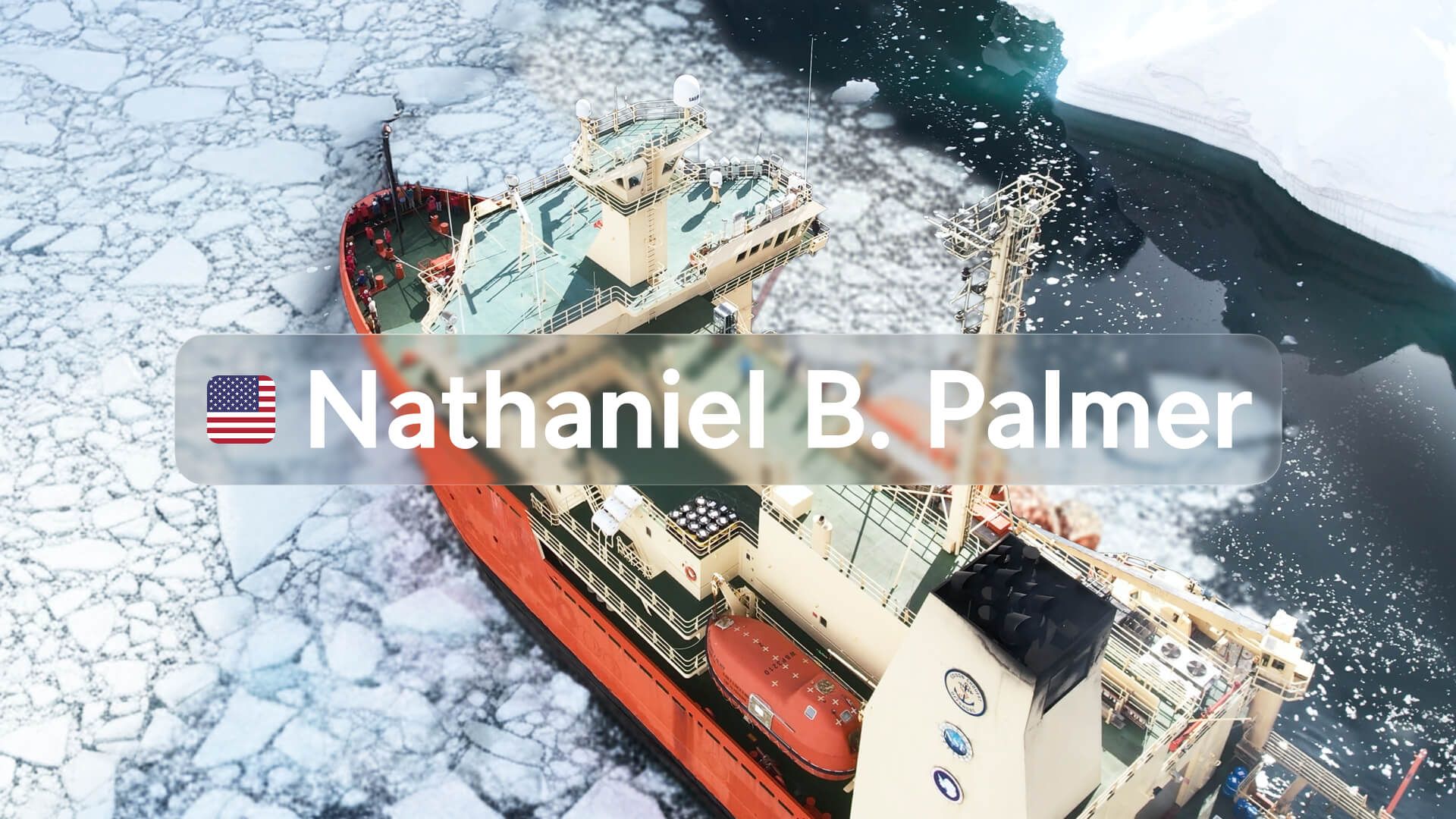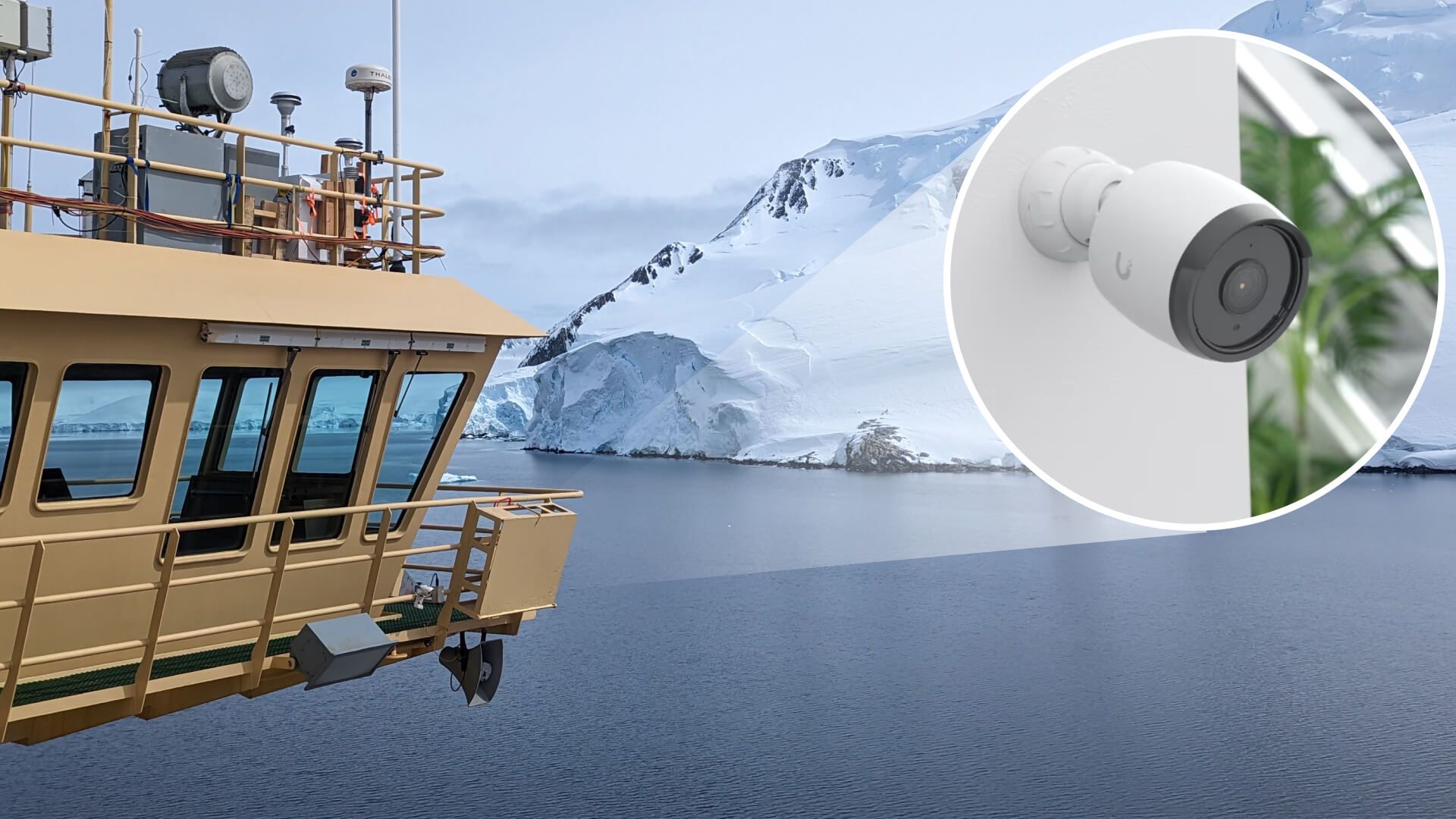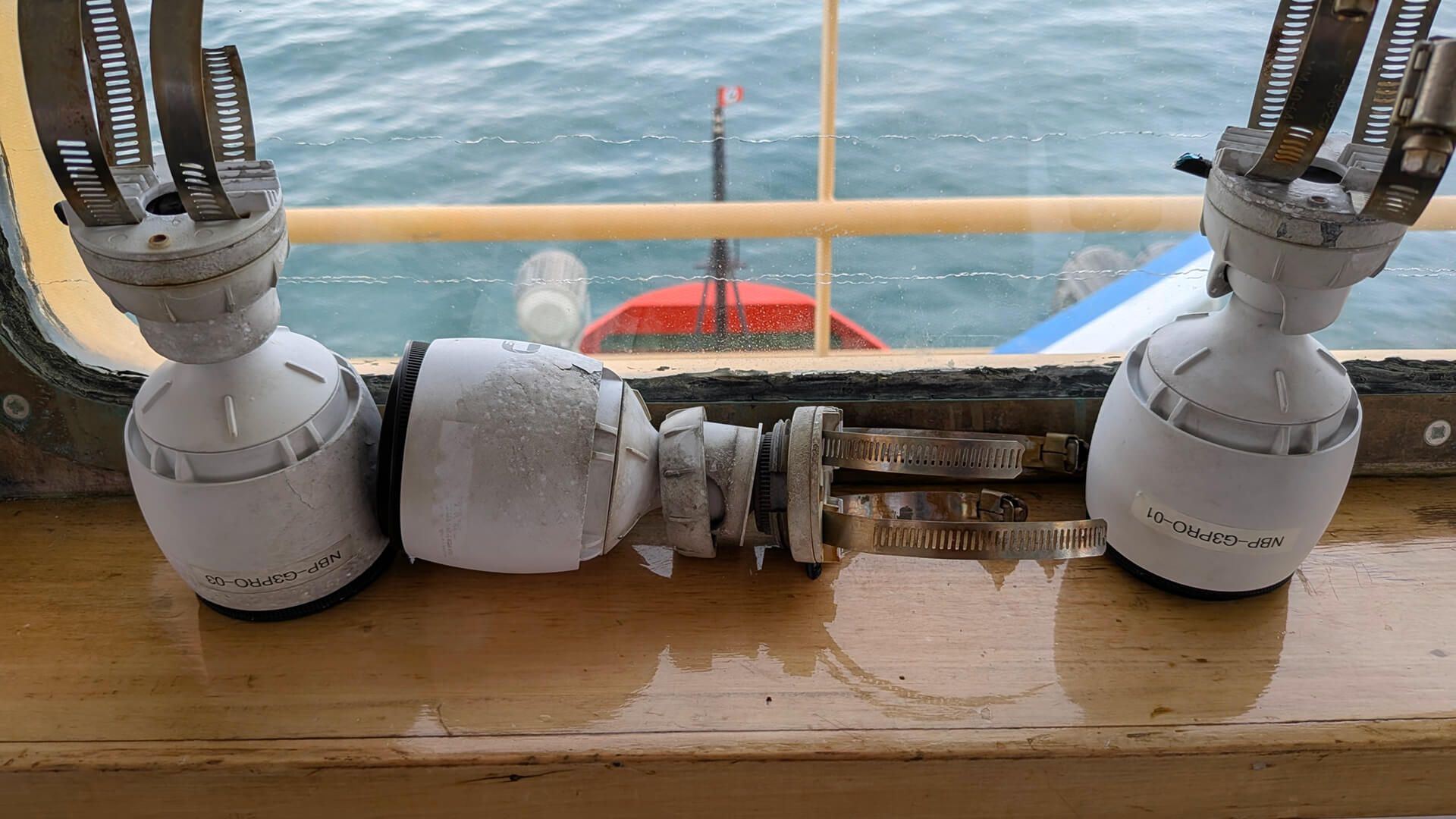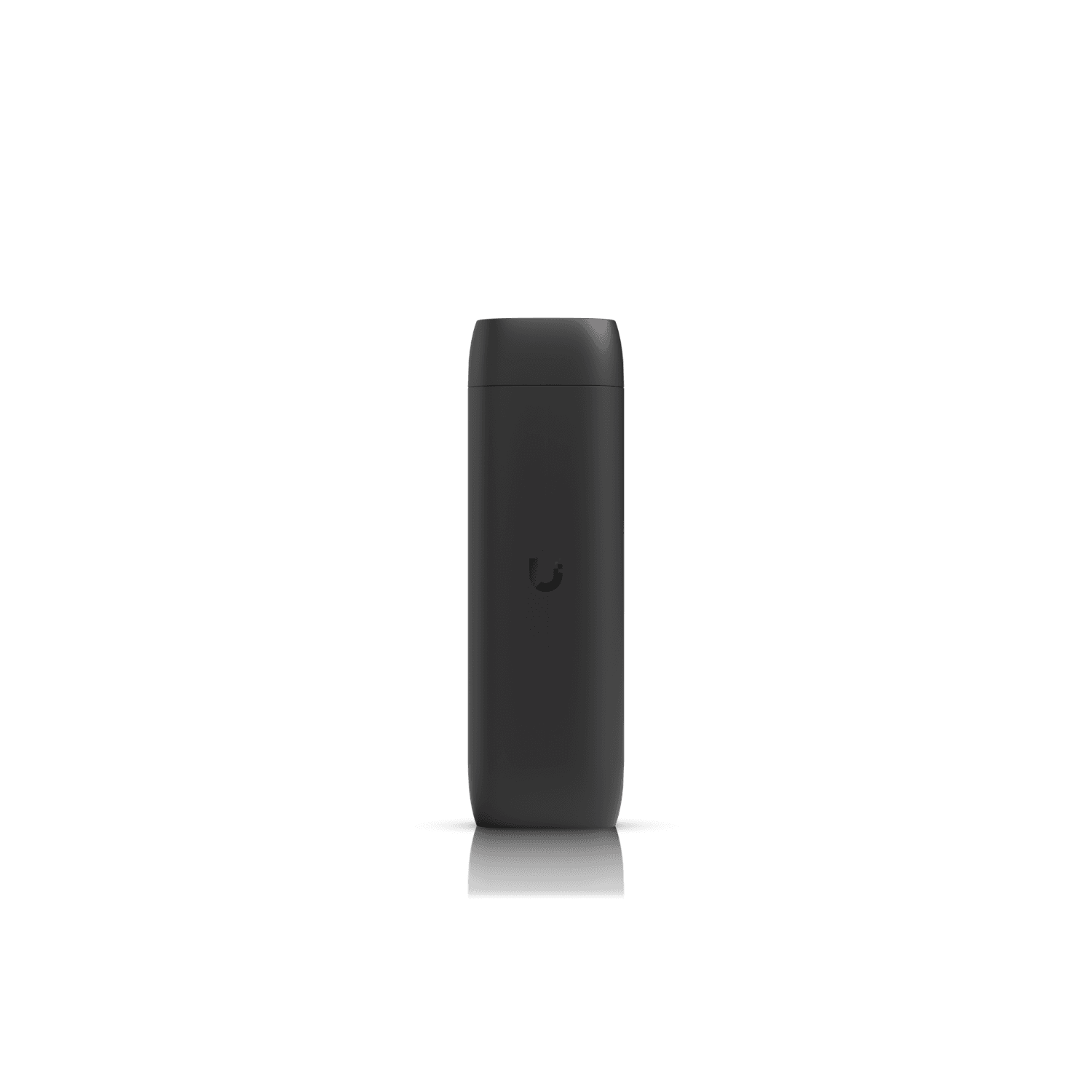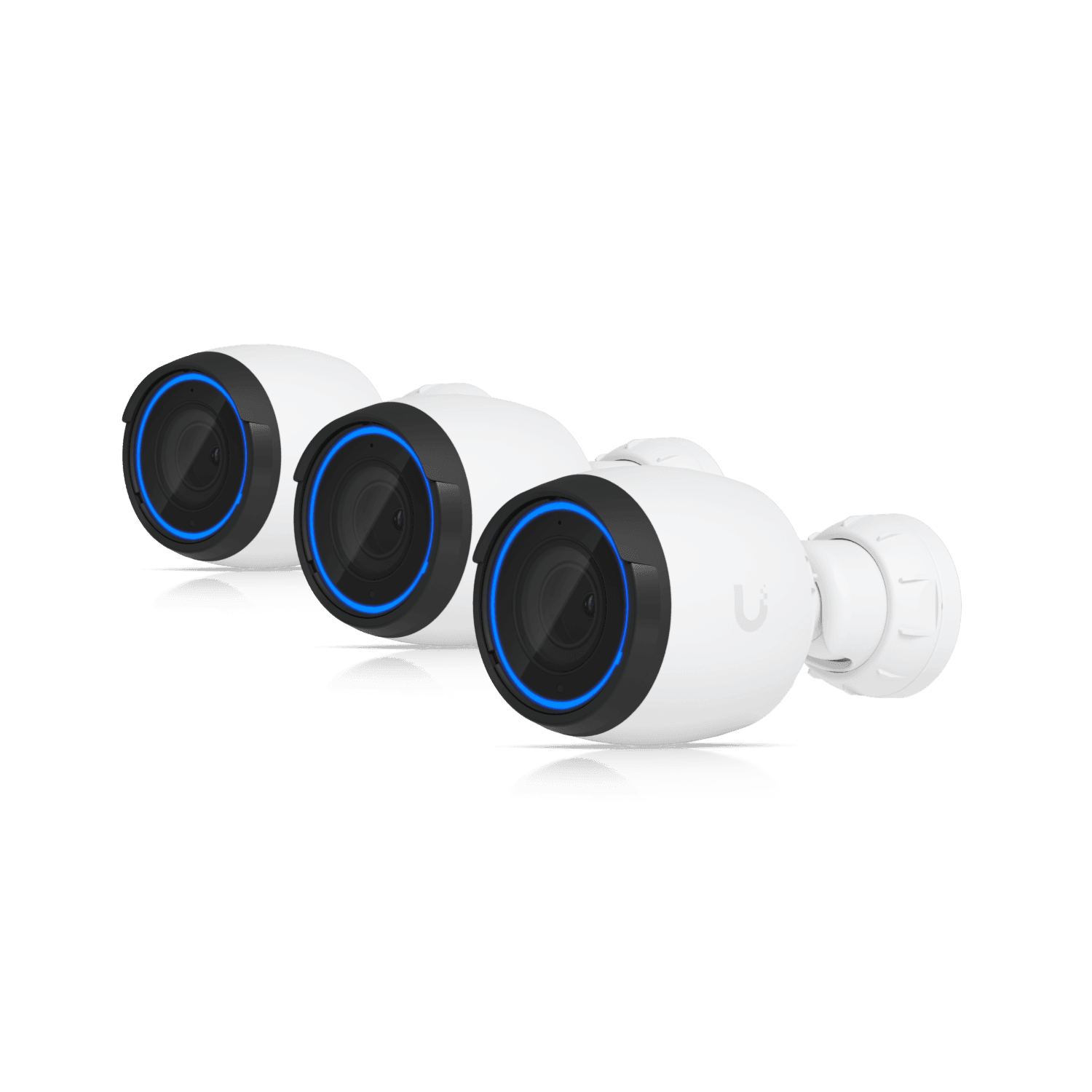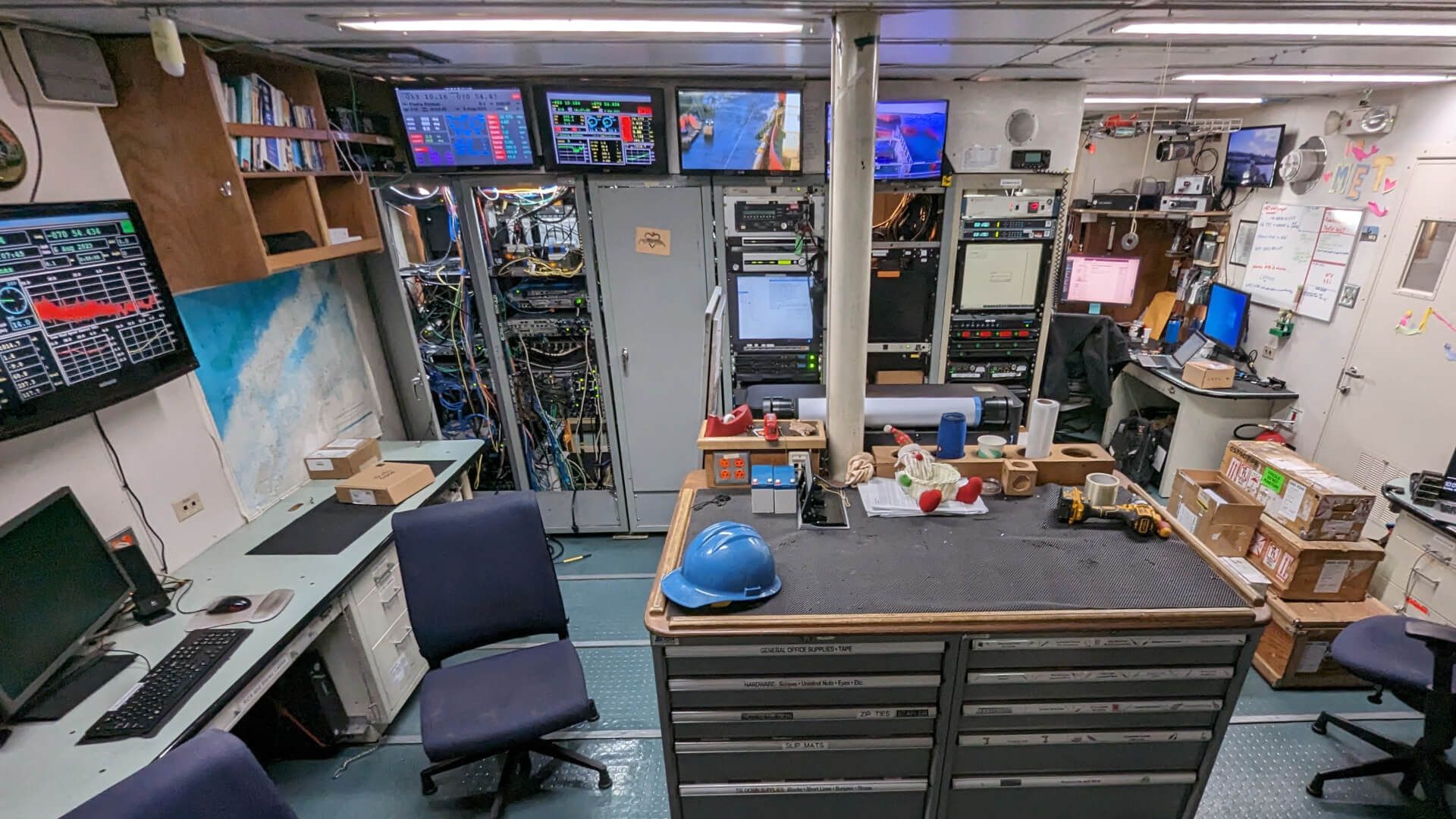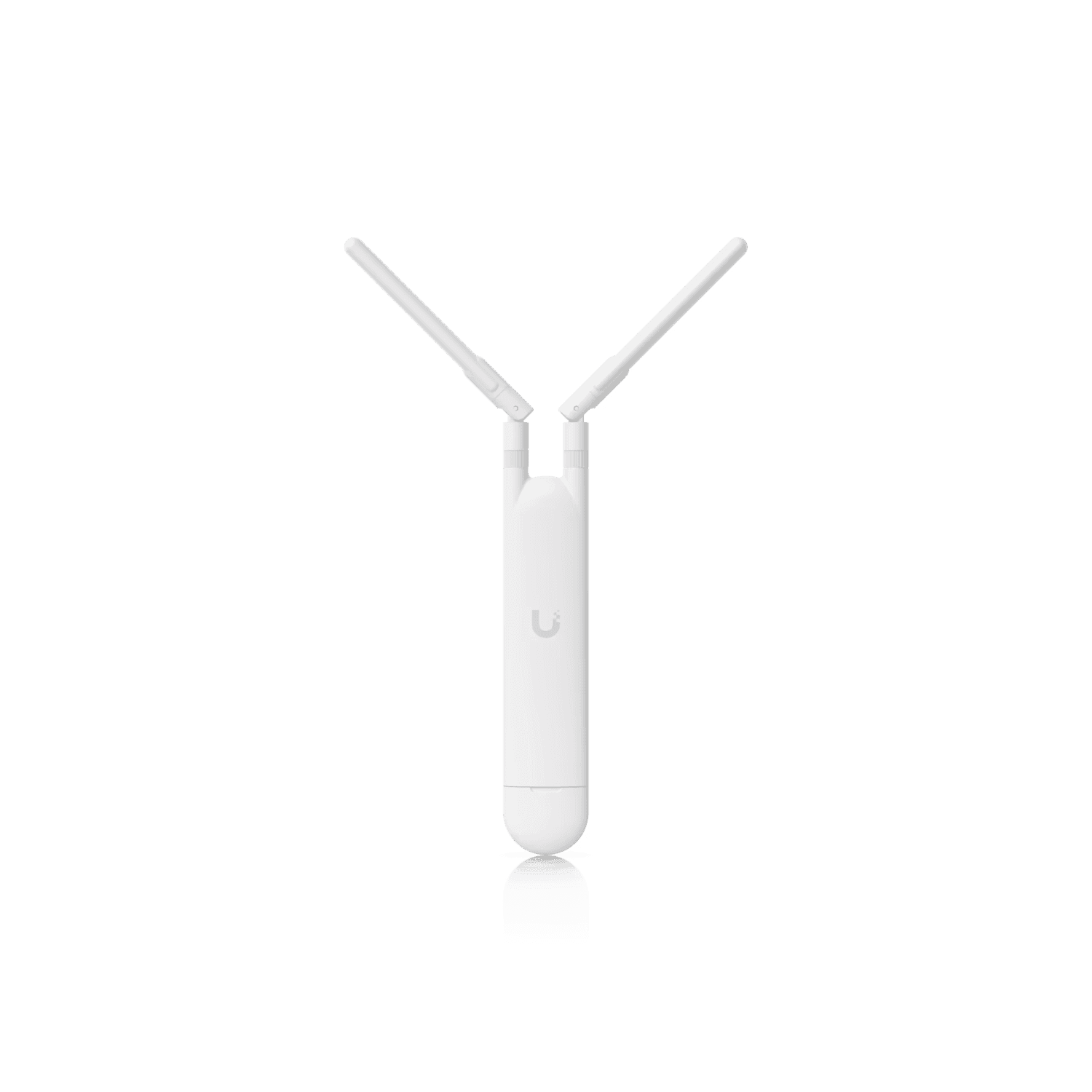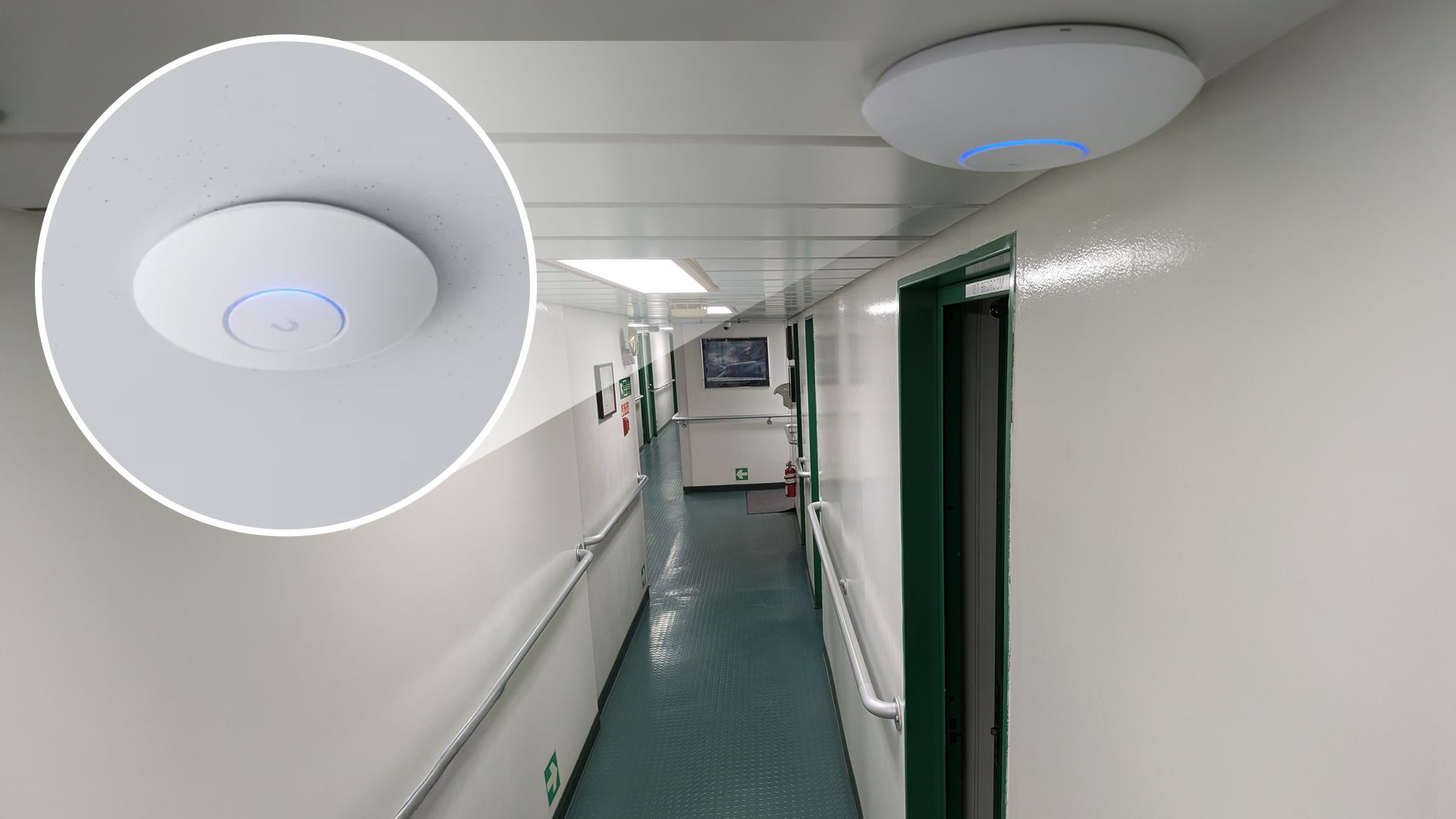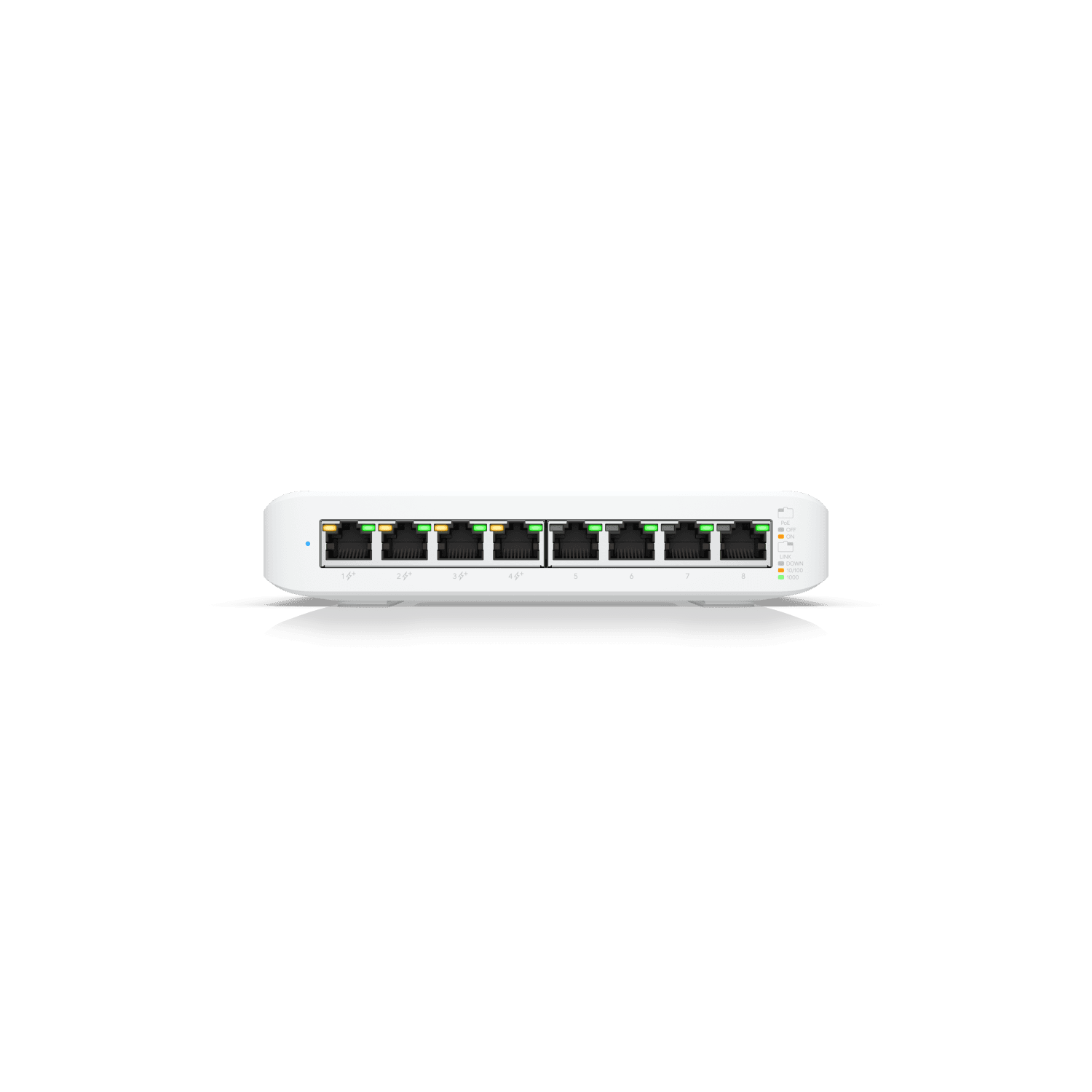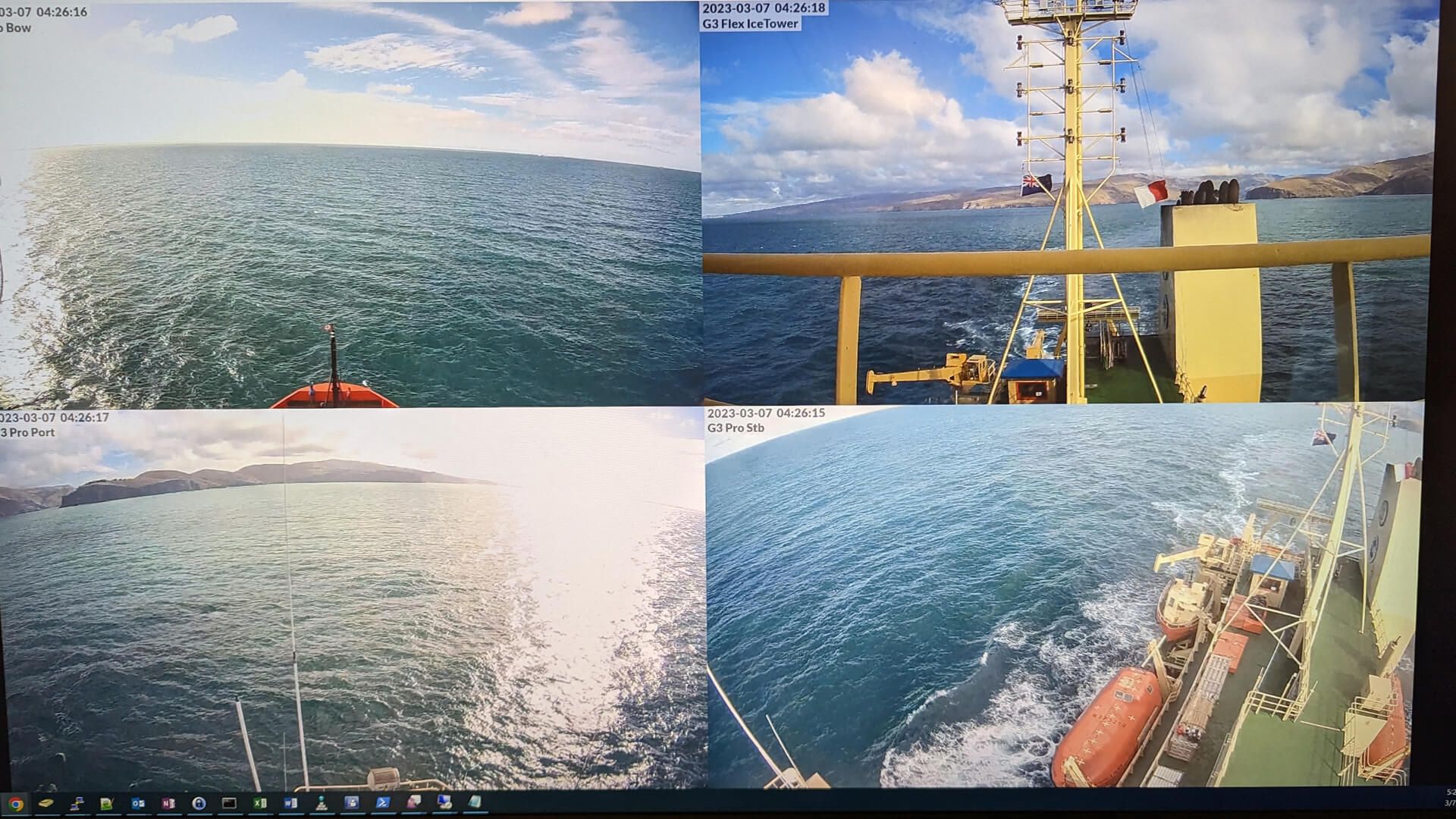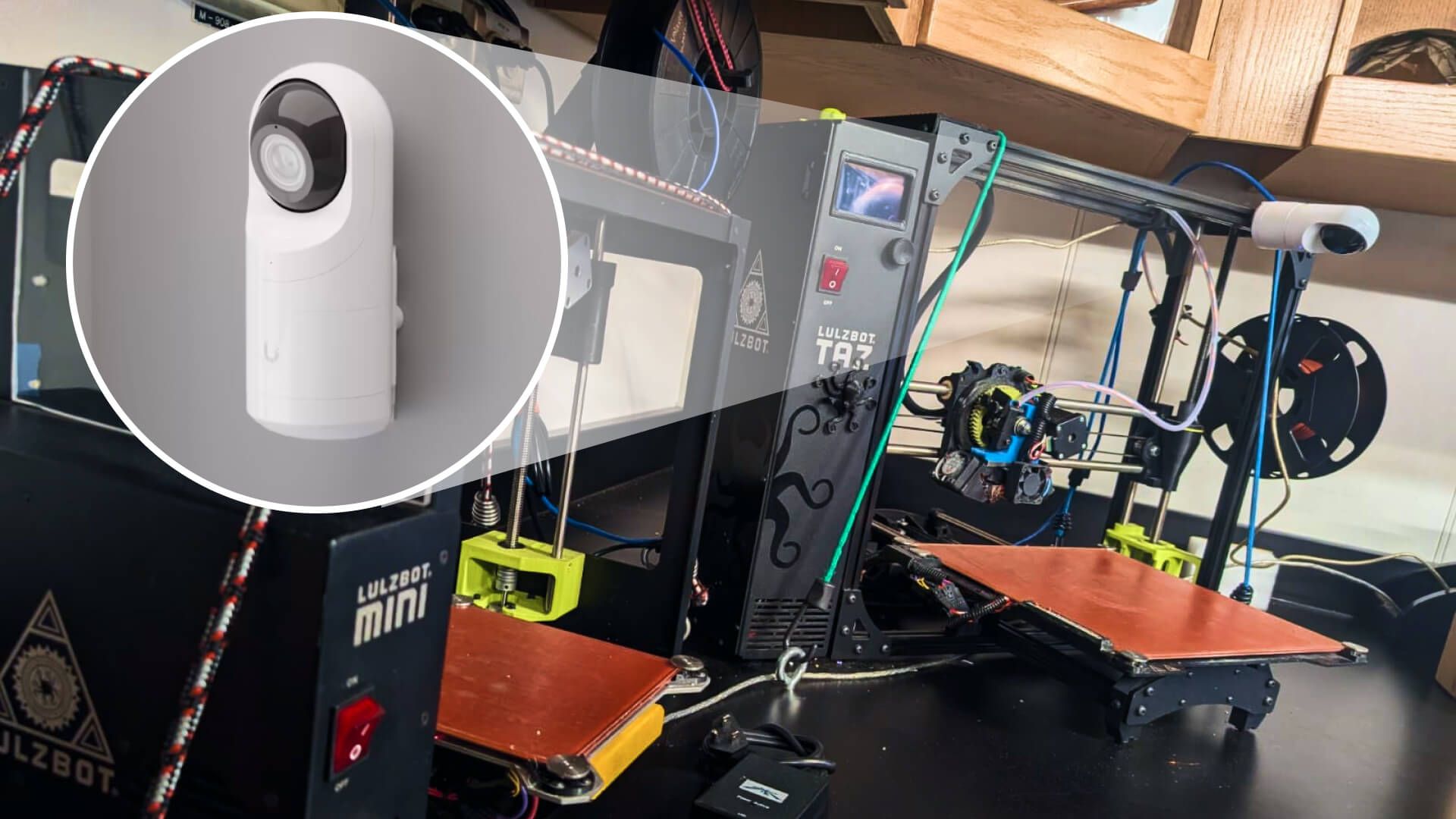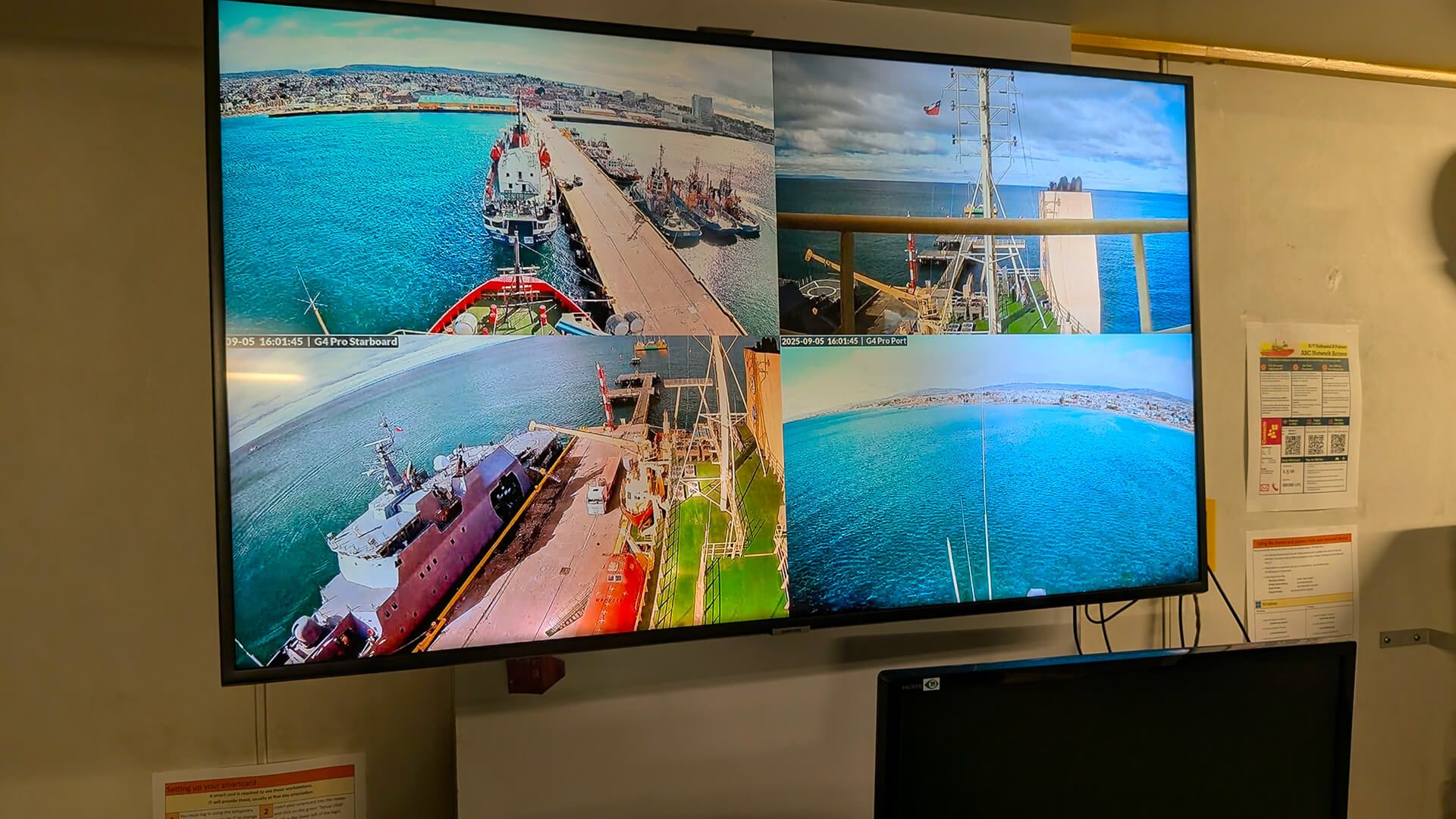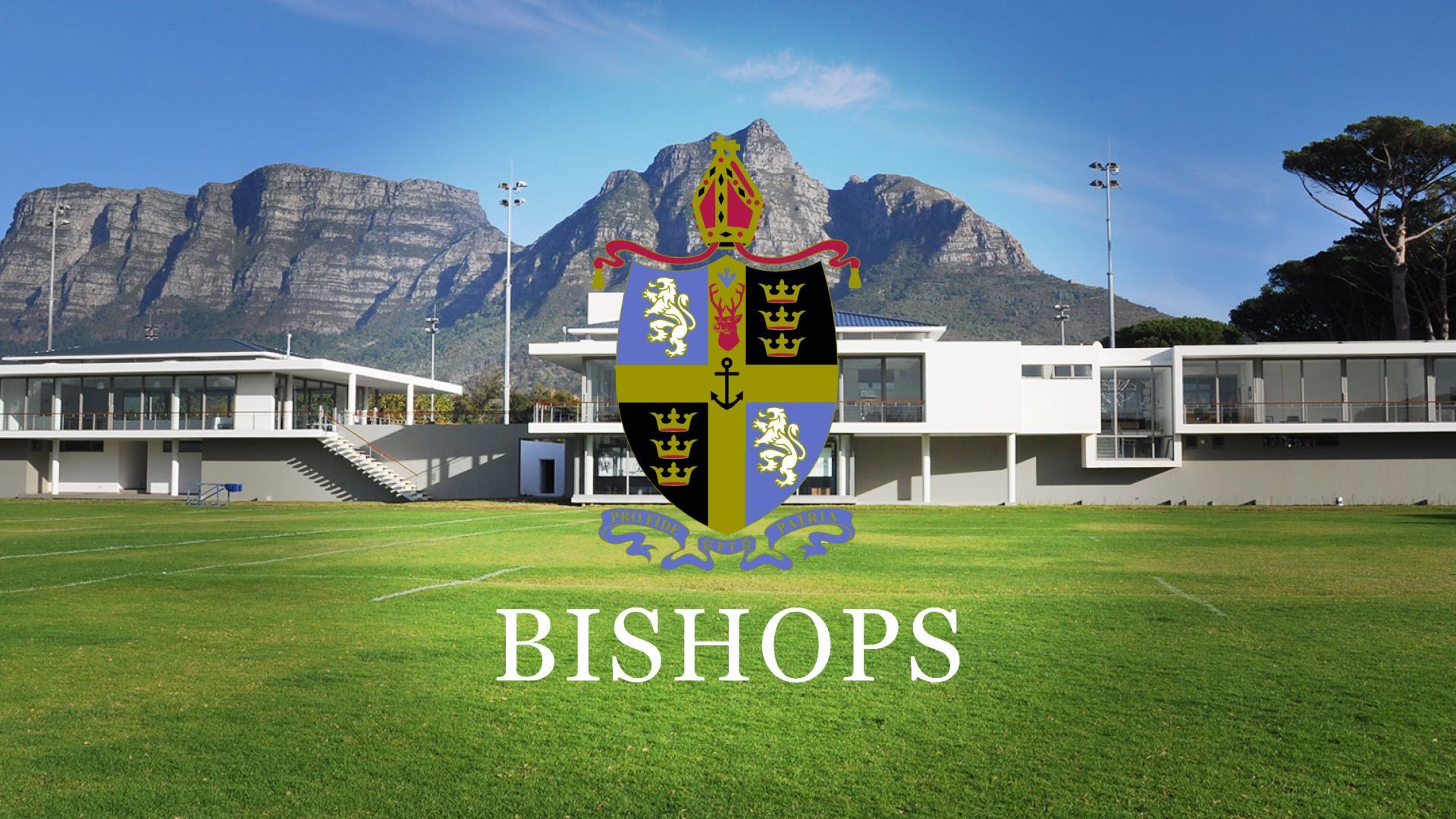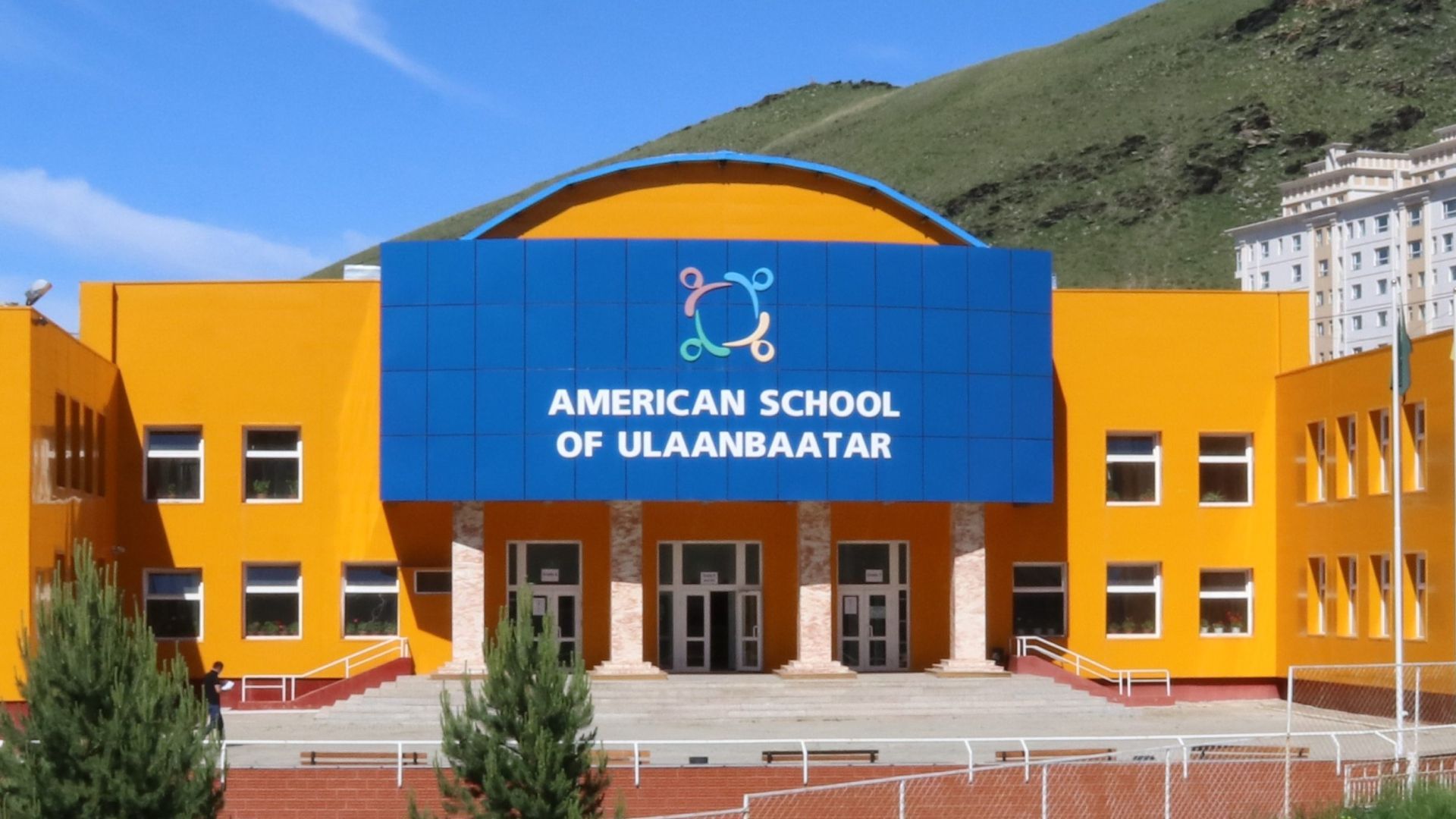The Mission of U.S. Antarctic Marine Operations
The U.S. Antarctic Program (USAP) exists to make high-impact polar science possible in places where conventional logistics and infrastructure don’t exist. Its marine operations carry people, instruments, and knowledge across the Southern Ocean—waters infamous for katabatic winds, freezing spray, and violent seas—linking staging ports on multiple continents to research footholds at Palmer Station and McMurdo Station. Aboard the RVIB Nathaniel B. Palmer, up to 72 people live and work on a six-deck platform that launches small boats, stages on-ice fieldwork, and supports shipboard labs over months-long cruises.
Why this matters scientifically: Antarctica underpins global systems—ocean circulation, ice dynamics, climate forcing, unique ecosystems, and astrophysical observation from nearby stations. Marine cruises collect seabed cores and biological samples, survey ice and ocean conditions, and ferry personnel and cargo that keep station-based programs running. The Palmer’s reach and endurance let U.S. science teams sample remote waters and support field sites that are otherwise inaccessible.
